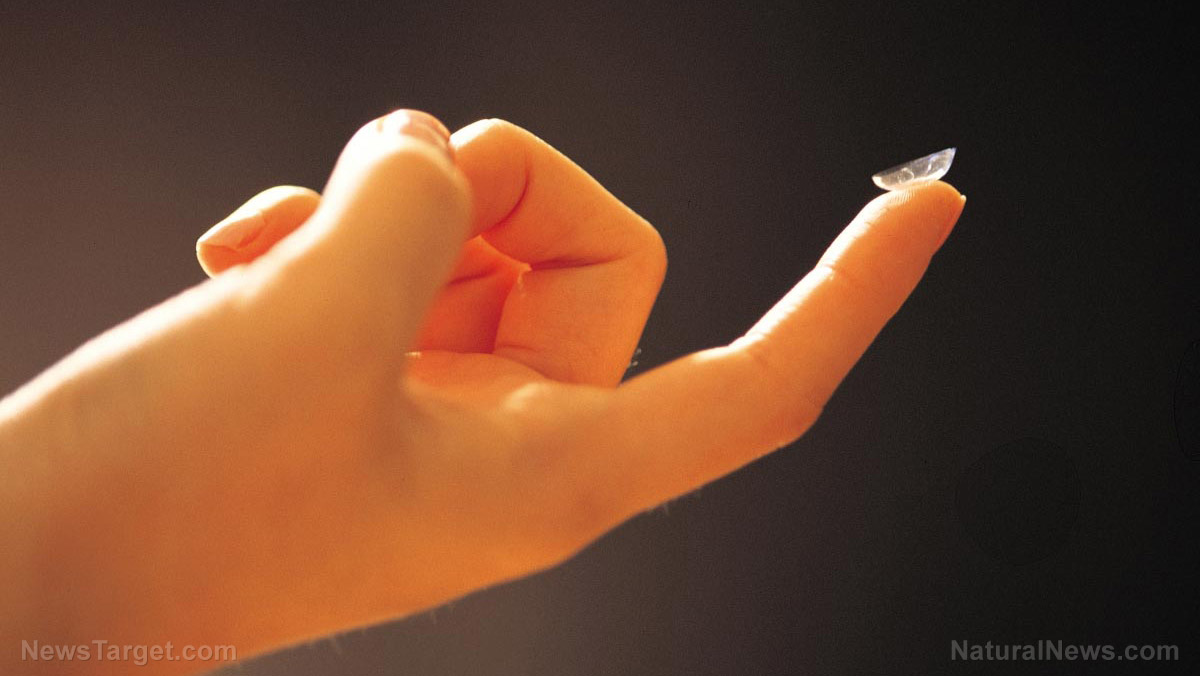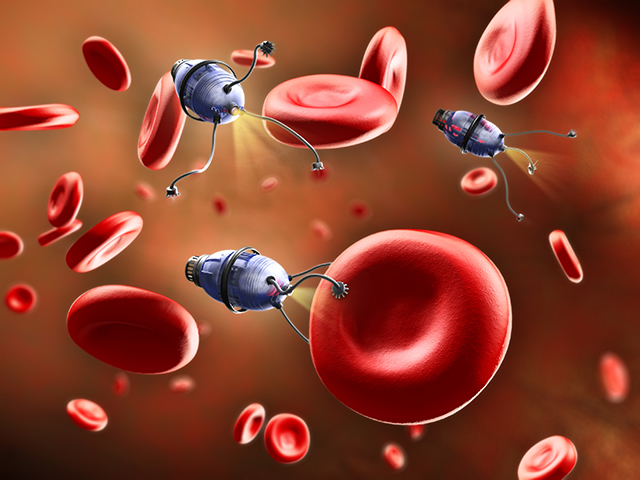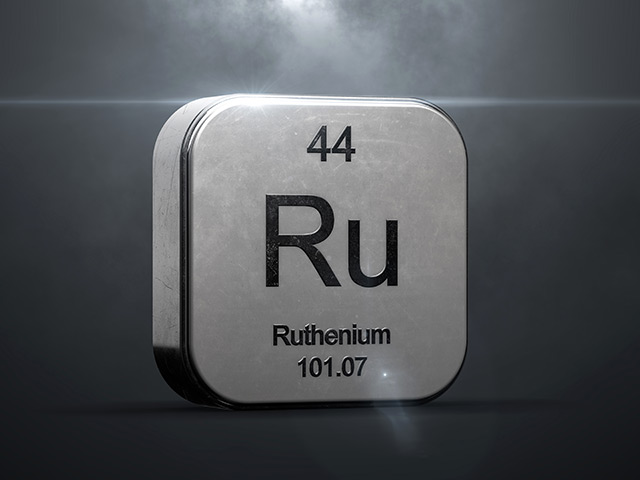New laser contact lenses can shoot “security beams” from your eyes
07/28/2018 / By RJ Jhonson

It looks like you could soon be shooting laser beams out of your eyes – just like Superman. Researchers from the University of St. Andrews in Scotland have developed ultra-thin and flexible laser stickers that can attach to contact lenses and, yes, produce laser beams.
The laser sticker is 200 nanometers thick, about one-fifth of the thickness of the smallest known bacteria. It is made from organic semiconductor polymers, much like the films used in smartphone screens that activate pixels when a light is shone onto them. The laser sticker works the same way – when a strong enough light source shines on it, the polymer glows, shooting an approximately 20-inch (50 cm) laser beam.
The sticker is constructed on top of a glass substrate, with a polymer layer separating it from the glass. Once the laser is complete, the entire stack is submerged in water, which dissolves the water-soluble polymer layer. This separates the glass from the sticker, which then floats off and is collected. This technique is similar to what’s used in making flexible solar cells and light-emitting diodes (LEDs).
As of this writing, the laser sticker has yet to be modified and approved for human use, but its creators believe aspiring users won’t have to wait too long. As part of their test, the scientists applied the sticker onto a back note about a year ago. The laser remains functional to this day, a testament to its stability and longevity.
They have also placed the contact lens sticker on a bovine eye in their lab. The scientists say that the sticker can be used as a security tag of sorts, not too different from the barcodes used to mark commercial products. (Related: FDA approves first-ever light-adaptive contact lenses.)
Malte Gather, professor of physics and astronomy at St. Andrews and one of the researchers in the endeavor, assures potential users that the laser is safe.
“The intensity of the laser beam and the amount of energy it requires is so low that you can put it in the eye without damaging the eye,” he remarks. “I would be willing to try it.”
You use lasers every day
Even without wearing a laser sticker on your contact lens, you utilize lasers – or devices that use lasers – on a daily basis. Here are some of the most commonly used applications of lasers:
- DVDs and CDs – Before online streaming was a prevalent thing, movies and music were stored on compact disks (CDs) and digital versatile discs (DVDs). These discs contained audio and video information, which was accessed and “read” by a thin laser beam. The beam had to be very small to maximize the content that a disc can carry. No light source – apart from a laser, of course – is coherent enough to perform this role.
- Fashion – In terms of cutting fabric, laser offers several advantages over conventional tools like scissors. For one, a laser is able to make ornate, highly accurate cuts that do not fray. Second, it can be used to cut many different kinds of fabric, from tough denim and leather to delicate silk and lace. Third, it’s possible to make artful cuts using laser while maintaining the integrity of the fabric.
- Communication – High-speed internet and communication are made possible by fiber optics, which transmit messages from point A to point B at the speed of light. Lasers and LEDs send the messages, but the former’s monochromatic nature makes it a more popular option, especially for delivering messages across vast distances.
- Barcode scanners – These devices are a staple in modern supermarkets. They use helium-neon or semiconductor lasers to “read” barcodes and identify your purchases, as well as basic information the store has about the products.
Get more strange science stories at WeirdScienceNews.com.
Sources include:
Tagged Under: Contact lens, cool science, future science, future tech, innovation, inventions, laser sticker, lasers, science and technology, weird science



















